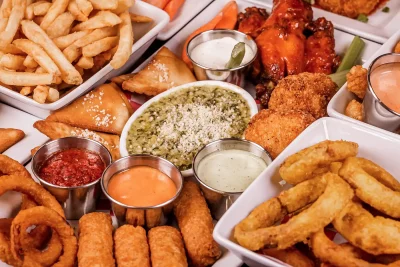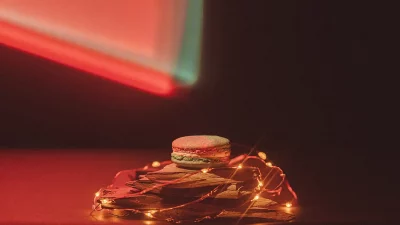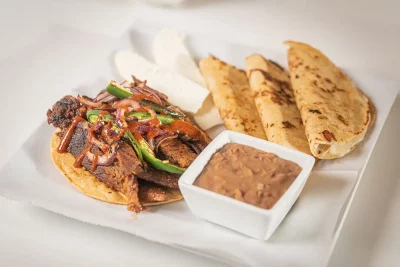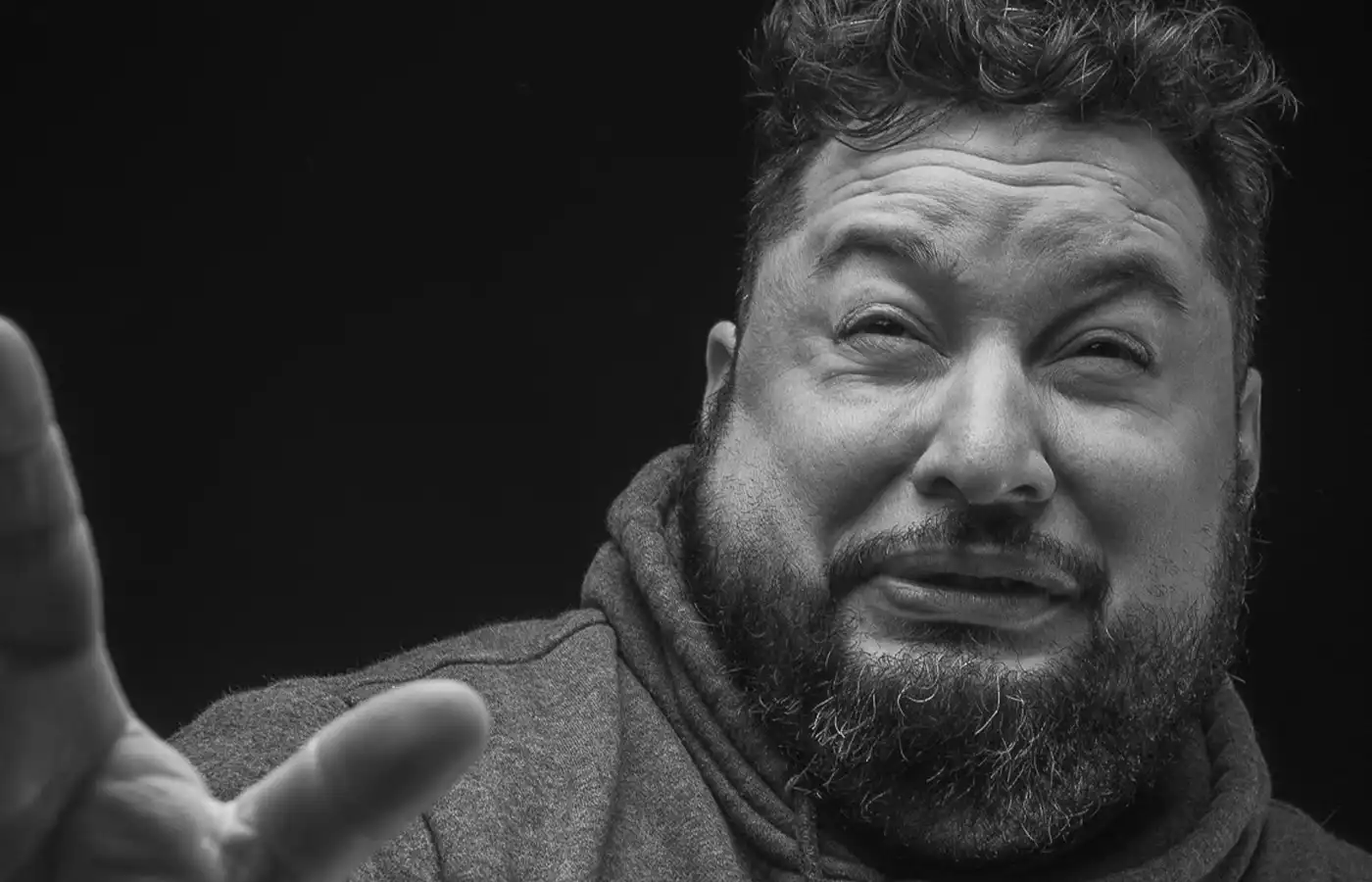
Carlos Arevalo: Getting The Most Out Of Each Moment
Art
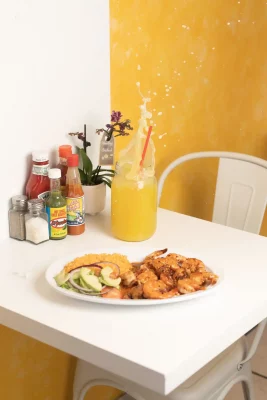
Photo: Carlos Arevalo
When Carlos Arevalo first came to Utah from Venezuela eight years ago, he worked in construction as a means to support his family. When a bad on-site accident caused his boss to lose several of his fingers, Arevalo realized it was time to change professions. Instead of looking for another 9–5 job, he decided to pursue something that had always been a hobby: photography. Three years after making this decision, Arevalo not only maintains a steady work flow shooting weddings, quinceañeras and food for restaurants, but he is able to support his family by working as a professional photographer.
Arevalo attributes a couple of different factors to finding success as early as he has in his budding career. First, he says he is lucky to work with photographers who are much more experienced than himself. “I have two photographers working with me, but they started photography in their home countries,” explains Arevalo. “I mean, I’m totally new in this world. They have more experience.”
“I try to make a connection with the [subject]. I try to get to know them, and that connection is gonna tell me what to do when I’m shooting.”
Second, he believes he has a certain spark that sets him apart from other photographers. “I’m a people person,” Arevalo says. “I know how to connect.” In his view, most photographers try to work as a fly on the wall and stay out of the way of their subjects. Arevalo immerses himself in his subjects; He wants to get the most out of each person he photographs. Whether he’s dancing with the bride at her wedding or tearing up as he snaps shots of a father dancing with a daughter at her quinceañera, Arevalo becomes involved with his work on an emotional level. “I try to make a connection with the [subject],” he says. “I try to get to know them, and that connection is gonna tell me what to do when I’m shooting.” When he understands his subjects, he captures his best work.
While Arevalo connects with the people he photographs emotionally, he exercises a more tactical approach when it comes to connecting with the food he shoots. After a restaurant hires him, he will secretly go dine there days before he shoots their food to get a better understanding of what the restaurant is and what they offer. “The taste and texture tell me what I’m gonna do [when I shoot],” he says. “I try to get to know them; I try to get to know the food.”
“That is the process that I work [in]. I put up my lights and start making splashes. I love it.”
When it finally comes time to photograph the food, Arevalo will often ask to shoot before the restaurant opens or after it closes. This is so he can make a mess with his work, trying to capture splashes in drinks and food being thrown into the air. “That is the process that I work [in],” he explains. “I put up my lights and start making splashes. I love it.” He believes this approach of creating mess and movement with the food will help to capture unique colors, motion and energy, allowing him to achieve exactly what he is after in his photography. “That is my perfect shot,” he says. “When everything is flying.”
With everything Arevalo has achieved in three short years, he can expect his career to continue flying. He has already become an accomplished photographer shooting food and ceremonies, but he hopes to expand his work to sports and dancing in the near future as he continues to develop his photography skills.
For anyone needing a photographer who can connect and bring a special spark to their work, Arevalo is best reached through his website, theslcphoto.mypixieset.com, or on Instagram @theslcphoto.
Read more on local photographers who work with food:
Jackelin Slack’s Knack for Food Portraits and Other Works
Photography-Plus: Brent Courtney, Image Sculptor
